Art at Central Street
Intent:
We want our pupils to be interested in and inspired by Art by encouraging them to be expressive and experimental. We do this by engaging them in a range of activities that involve creating their own art, discussing the art of others and learning new skills and techniques. We also know that participating in art based activities has a positive effect on children wellbeing.
Implementation:
In EYFS, is introduced indirectly through activities that encourage children to begin to think about use and purpose and to gain a wider experience of techniques and experimenting with colour, design and form. They will also represent their own ideas, thoughts and feelings. This is called Expressive Art and Design.
‘The development of children’s artistic and cultural awareness supports their imagination and creativity. It is important that children have regular opportunities to engage with the arts, enabling them to explore and play with a wide range of media and materials. The quality and variety of what children see, hear and participate in is crucial for developing their understanding, self-expression, vocabulary and ability to communicate through the arts. The frequency, repetition and depth of their experiences are fundamental to their progress in interpreting and appreciating what they hear, respond to and observe.’ EYFS Framework, 2021.
In KS1, art is taught every term. The children will learn skills to allow them to show their creativity through different media including painting and drawing, printing and sculpture. These have been broken down into units of work which each focus on the work of famous artists; including local artists, who exemplifies this skill. Art is often, though not exclusively taught through the curriculum themes and topics to provide links with other curriculum subjects in a meaningful way and through a variety of activities such as IT so that children of all abilities can communicate their knowledge.
‘Art, craft and design embody some of the highest forms of human creativity. A high-quality art and design education should engage, inspire and challenge pupils, equipping them with the knowledge and skills to experiment, invent and create their own works of art, craft and design. As pupils progress, they should be able to think critically and develop a more rigorous understanding of art and design. They should also know how art and design both reflect and shape our history, and contribute to the culture, creativity and wealth of our nation.’
The National Curriculum, 2014
By the end of Reception children in EYFS will be able to:
Safely use and explore a variety of materials, tools and techniques, experimenting with colour, design, texture, form and function
Share their creations, explaining the process they have used
Make use of props and materials when role playing characters in narratives and stories
In Key Stage 1 the children will be taught:
to use a range of materials creatively to design and make products
to use drawing, painting and sculpture to develop and share their ideas, experiences and imagination
to develop a wide range of art and design techniques in using colour, pattern, texture, line, shape, form and space
about the work of a range of artists, craft makers and designers, describing the differences and similarities between different practices and disciplines, and making links to their own work.










